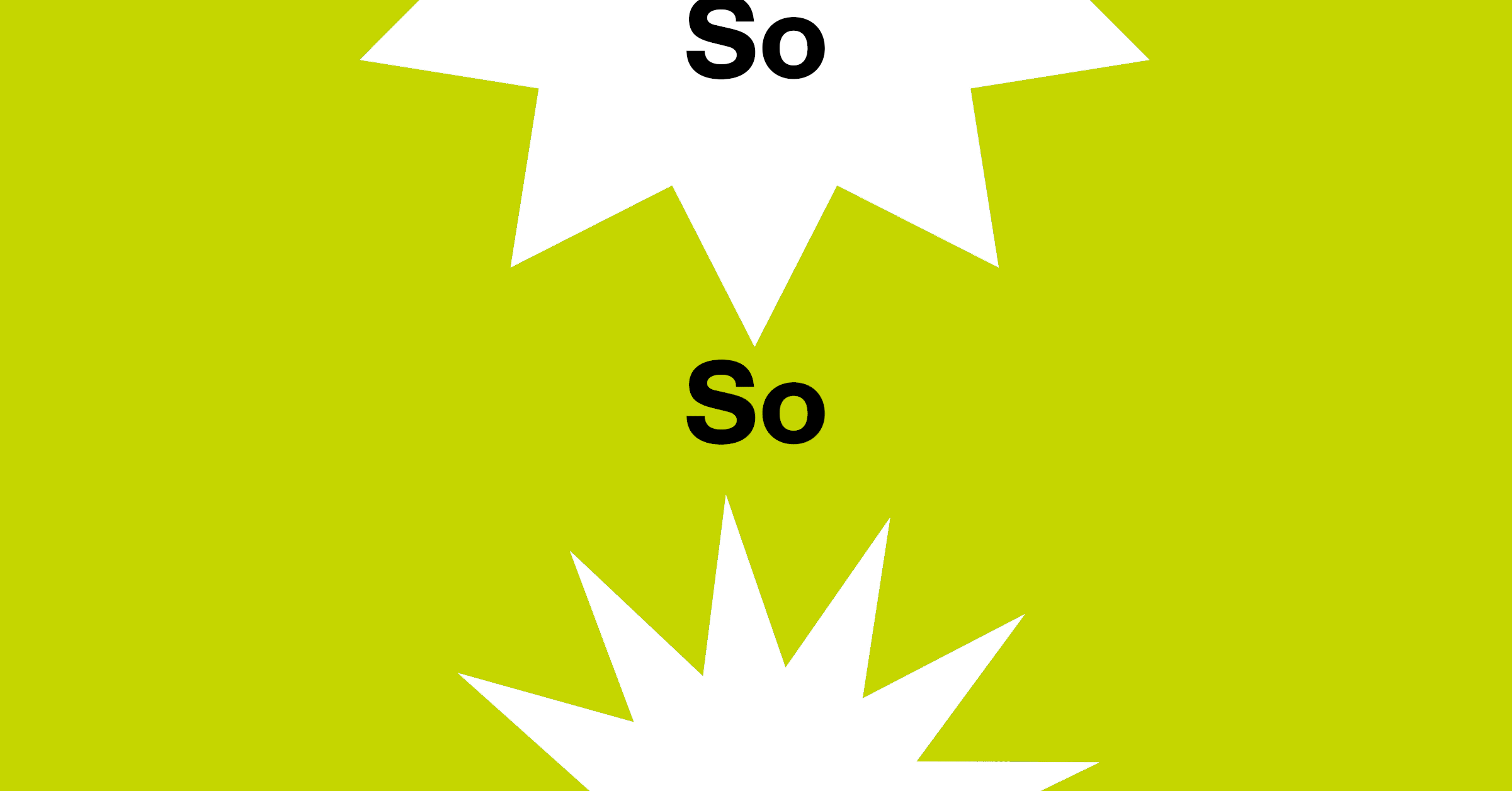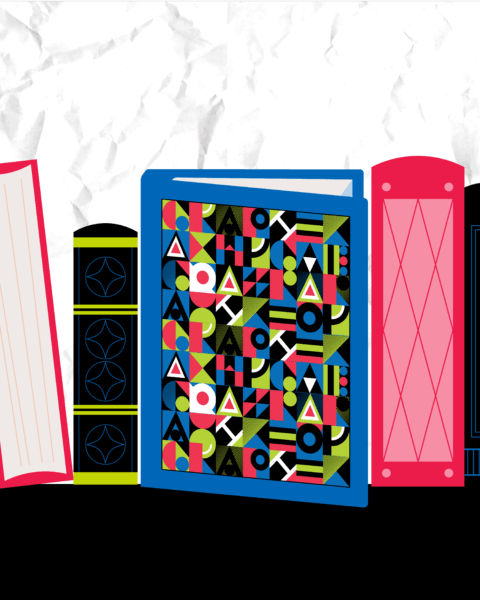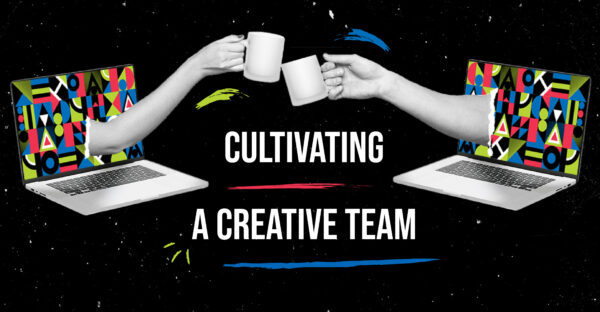 Our on-screen world has become a carnival of motion. Facebook and Instagram users spend more than 60 percent of their time on the apps watching reels (source: Meta Investor Relations), and usage of IG reels by businesses grew 57.4 percent in 2024 (Socialinsider). More than 90 percent of businesses use video for marketing – an increase of 30 percent in just eight years (Wyzowl). YouTube and TikTok provide an endless stream of short videos, explainers, and bite-sized commercials. Even kinetic typography – essentially an animation technique that makes text dance – can help capture attention and set a tone.
Our on-screen world has become a carnival of motion. Facebook and Instagram users spend more than 60 percent of their time on the apps watching reels (source: Meta Investor Relations), and usage of IG reels by businesses grew 57.4 percent in 2024 (Socialinsider). More than 90 percent of businesses use video for marketing – an increase of 30 percent in just eight years (Wyzowl). YouTube and TikTok provide an endless stream of short videos, explainers, and bite-sized commercials. Even kinetic typography – essentially an animation technique that makes text dance – can help capture attention and set a tone.
It’s all enough to make any consumer wonder, “Why?” The short answer is, well, due to our shrinking attention spans.
Dr. Gloria Mark, a professor of informatics at the University of California, Irvine, has quantified our decline in the ability to focus: “In 2004, we measured the average attention on a screen to be 2½ minutes,” she said. “Some years later, we found attention spans to be about 75 seconds. Now we find people can only pay attention to one screen for an average of 47 seconds.”
At GRAPHEK, we’ve noticed clients turning to motion graphics to gain the attention of their audiences, help them process information, and feel emotion more quickly and deeply – it’s estimated the brain processes visuals 60,000 times faster than text! And, if audio is added, yet another sense can be activated.
While there are a many uses of motion graphics, some of our most common client projects include:
- Explainer videos: Usually between 30 seconds and 2 minutes, these short clips communicate how something works in a simple way to a target audience. In the health field, for example, an explainer video could demonstrate how to effectively wash one’s hands.
- Logo animation: The process of adding motion to a brand’s logo to create a dynamic visual representation and captivate attention.
- Kinetic typography: A technique that uses moving text to capture attention, set a tone, and entertain.
- Data visualization infographics: Animating and bringing “alive,” for example, a chart, diagram, or even a timeline to further portray the story of an organization’s progress.
- Videos – both animated and live-action – to promote anything from an upcoming conference, introduce a keynote, or just build excitement before the start of any formal programming.
Motion graphics has many more steps to it than a single static image, and the process of getting from point A to B is longer and more complex as we layer on colors, pacing, music or voiceovers, and transitions to the foundation.
“Defining mood and pacing is an important first step, as is deciding what kind of motion graphics a client needs,” explained Julia Woods, GRAPHEK’s senior designer and motion artist. “Tackling these questions at the start is important, because motion graphics can feel like a series of dominoes; if one is out of place, it can throw everything out of line further in the process. We like to address every conceivable step and decision point upfront and get approval on the overall concept before we start.”
Similarly, the scope of the project is important to define: File sizes can escalate quickly, so it’s important to consider how and on what platform any resulting motion graphic is to be used. What looks to your eye a swirling green color may, in fact, be over a hundred slightly differing colors of green, which adds significantly to a file’s size.
A recent project with DiscoverE brought many of the typical goals of motion graphics to fruition: The organization sought to target young audiences to bring attention to engineering careers and messaging. Since motion graphics can help lead eyes – and brains – in a linear way to absorb and process information more easily, it also tends to help new information “stick” longer. (The appeal of motion graphics to younger audiences should not be overlooked by associations, particularly as many are looking to grow membership and introduce themselves to the next generation.)
For a long time, DiscoverE’s graphic for Engineers Week and Girl Day programming was a still image treated with a “Ken Burns” effect – a technique that adds the illusion of movement to a still image, by panning or zooming across an image. Then Sarah Moore joined the team – becoming the organization’s first marketing manager. She brought with her a penchant for video.
“I wanted to increase the production value of other video assets that DiscoverE was already doing, and I saw a real potential for a more elevated form of animation for our Engineer Week and Girl Day campaign,” Moore said. “Around the same time, we released a research report that showed how to better message STEM fields and reach young people and their parents, which spurred us to look at producing reels for Instagram or even a short for TikTok. We turned to GRAPHEK for help, trusting their talented designers and artists to help us reach this next level in our marketing.”
The organization’s objective was straightforward: At its core, Engineers Week is about celebrating engineers and the advancements they’ve introduced to the world. But as its older, predominantly white, male workforce retires, there aren’t as many young people coming through schools to backfill those positions – some of which are growing exponentially, such as in software engineering.
“Motion graphics was our answer,” Moore explained. “For the first time, we were trying to target older teens and parents, rather than just our traditional audiences of educators and STEM professionals. We didn’t gender anyone in our animations, and we included a range of skin tone and hairstyles and fabric and clothing choices – even physical ability – which we found helped our audience focus instead on beautiful animations of people discovering their future potential in engineering. It was so well received, we expanded the animations beyond our first effort, furthering the story of a young person moving through universes and pathways to “create” their future, “welcome” their future, and “design” their future. We’ve worked hard to claim our brand, and these animation projects have allowed us to reach the next level of sophistication and reach more people. It cut through the noise in a non-threatening way.”
Now in their third year of the animated “Future” series, DiscoverE continues to inspire delight and capture attention.
“We often hear how effortless it all looks, and with my background in theater, that is the highest compliment,” Moore said. “It speaks to how much care was put into it behind the scenes; GRAPHEK is the reason it looks effortless to the 10 million people who celebrate Engineers Week and Girl Day.”



